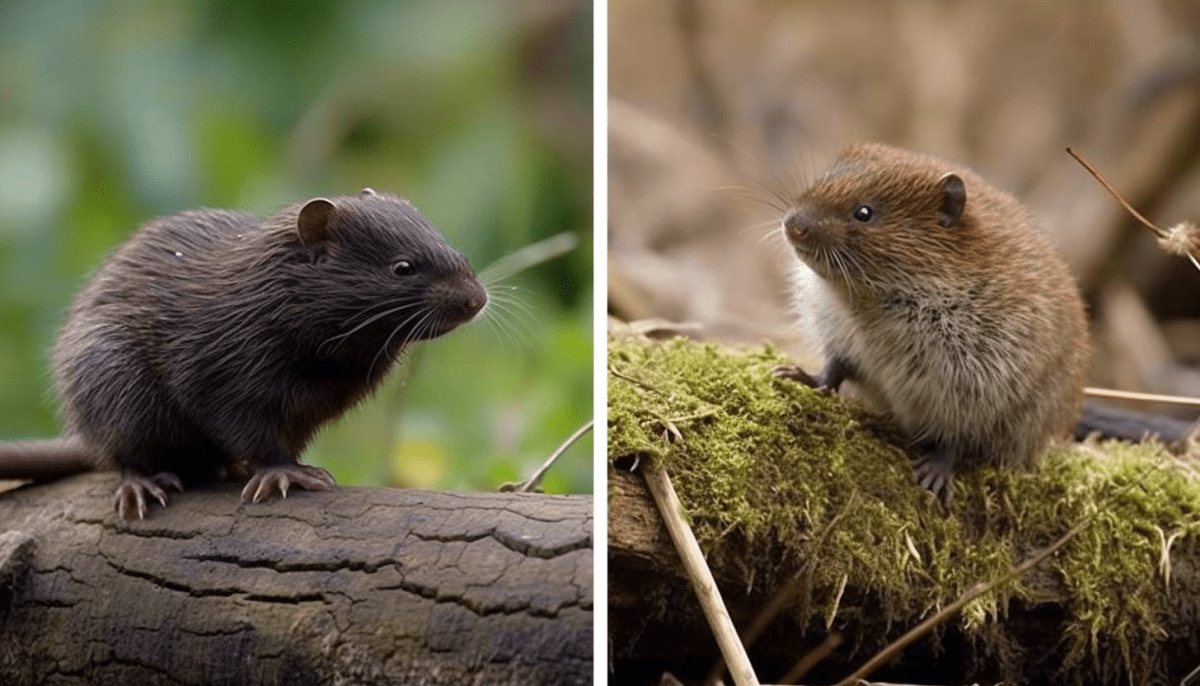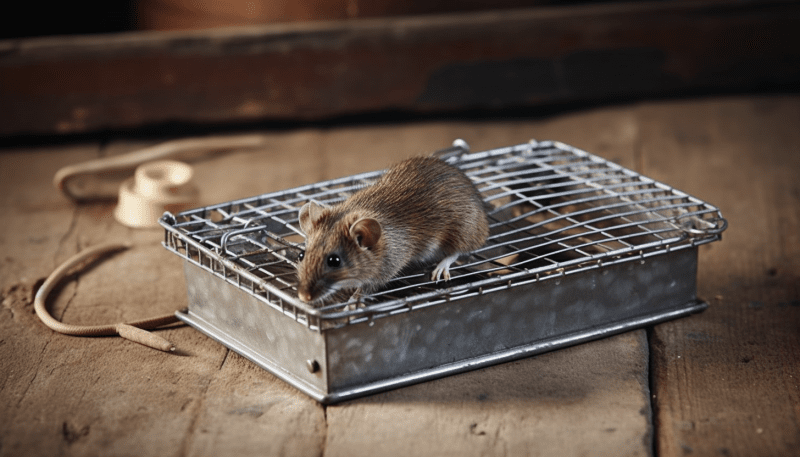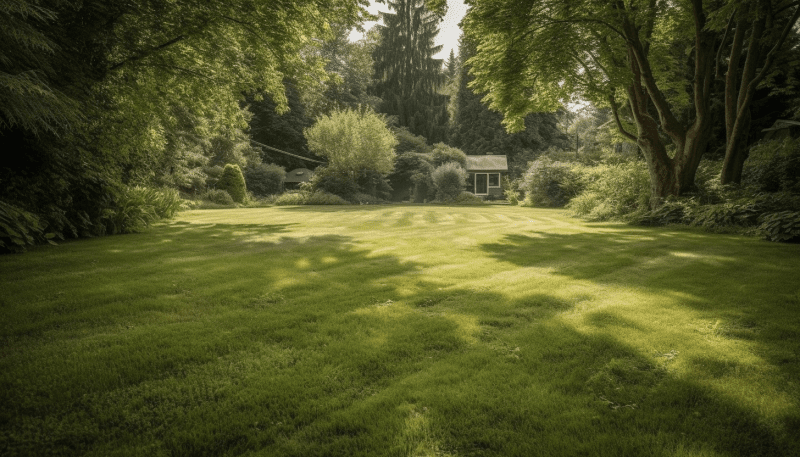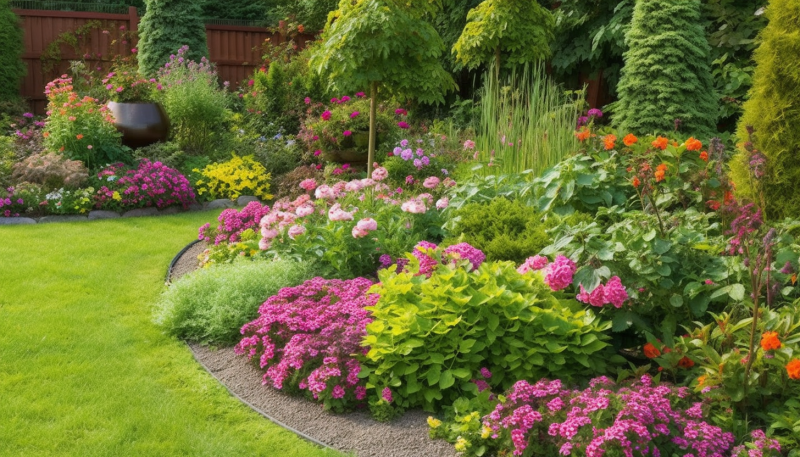Moles and voles are often confused due to their similar names and burrowing lifestyles, but they are quite different creatures. Moles are small, burrowing mammals that belong to the family Talpidae. They have cylindrical bodies, pointed snouts, and powerful front claws specifically adapted for digging. Moles are primarily insectivorous, feeding on earthworms, grubs, and other small invertebrates found underground.
On the other hand, voles are small, stocky rodents that belong to the family Cricetidae. They have a rounded face, short ears, and a shorter tail compared to other rodents. Voles primarily feed on grasses, seeds, and roots, making them herbivores. Their foraging habits can cause significant damage to gardens and landscaping, as they tend to gnaw on plants and bark.
One of the most noticeable differences between moles and voles is their habitat. Moles create extensive tunnel systems underground and are rarely seen above ground, while voles may create shallow burrows and are often spotted foraging on the surface. Moles are usually solitary creatures, while voles typically live in colonies, making them more social than their mole counterparts.
Understanding these differences is crucial for effective pest management. If you're dealing with damaged lawns and gardens, determining whether you're facing a mole or a vole will influence the control methods you choose. While moles may be more of a problem for soil aeration and pest control, voles can wreak havoc on your vegetation, especially in the winter months when food becomes scarce.
Effective Traps for Moles and Voles
Moles and voles can wreak havoc in gardens and lawns, making it essential to know the most effective traps to eliminate them. Both these pests are notorious for tunneling and causing damage to plant roots. Using traps is a humane and effective way to manage their populations. With the right techniques, you can trap these critters and protect your landscape.
When it comes to moles, the best traps are the scissor-type and the clasping traps. These traps work by springing shut when the mole tunnels through, effectively catching them. To use these traps, locate active tunnels—these will feel soft and will collapse when you press down on them. Set your trap in the middle of the tunnel and cover it with a small piece of board or a plastic container to keep it hidden from curious animals and children.
For voles, the most effective traps are snap traps, typically used for rodents. Place these traps alongside vole runways, which are usually well-worn paths in grass or soil. Bait the traps with peanut butter or sunflower seeds to attract the voles. Also, consider positioning the traps at dusk or dawn, as these are the times voles are most active.
Timing is crucial in trapping both moles and voles. Spring and fall are the best seasons for trapping, as these pests are more active during these times. Additionally, regularly check your traps to ensure they are effective and to remove any trapped animals promptly. By employing these strategies, you can secure your garden against the destructive effects of moles and voles.
Natural Repellents to Deter Them
Natural repellents can be an effective way to deter moles and voles from invading your garden or yard. These methods not only repel the pests but also keep your outdoor space friendly for other wildlife. One common natural repellent is using strong scents. Moles and voles dislike the smell of garlic, so spreading crushed garlic or garlic powder around your garden can help keep them at bay. Additionally, planting garlic plants can provide a continuous barrier against these critters.
Another option is to use castor oil, which acts as a powerful repellent for moles and voles. Mixing castor oil with water and spraying it in the affected areas can create an unpleasant environment for these burrowing animals. This mixture can also be used to treat the soil, providing ongoing protection as it seeps in.
Additionally, the presence of certain plants can naturally deter moles and voles. Consider planting plants like daffodils, marigolds, or lavender, known for their strong scents that repel these pests. These plants not only help protect your garden but also add beauty and diversity to your landscape.
Furthermore, introducing predators like cats or even using sound devices that emit high-frequency noises can discourage these pesky rodents from settling in. The natural instinct of moles and voles is to avoid danger, so any signs of potential predators will keep them away.
Long-Term Prevention Tips and Tricks
Preventing moles and voles from invading your yard requires a combination of strategies. First, consider maintaining a clean and tidy outdoor space. This means removing any debris, such as piles of leaves or fallen branches, which can provide shelter for these critters. By keeping your garden tidy, you reduce the chances of attracting moles and voles to your property.
Another effective prevention method is to manage your soil health. Moles are often drawn to areas rich in earthworms and grubs. By using less fertilizer, you can decrease the number of grubs in your soil. Additionally, you can implement natural pest control methods, like introducing beneficial nematodes, which can help keep harmful insect populations in check and make your lawn less appealing to moles.
Physical barriers can also serve as effective deterrents. Installing underground fencing made of wire mesh can help keep moles and voles out of specific areas, like vegetable gardens or flower beds. Ensure that the fence is buried at least a foot deep to prevent these burrowing critters from digging underneath it.
Lastly, consider using plants that naturally repel moles and voles. Certain species like daffodils, marigolds, and garlic are known to deter these pests. By incorporating these plants into your garden design, you can create an environment that is less inviting to moles and voles, helping to keep your outdoor space pest-free.



